Original Paintings Definition
Painting is the practice of applying paint, pigment, color or other medium to a surface (support base). The medium is commonly applied to the base with a brush but other implements, such as knives, sponges, and airbrushes, can be used. In art, the term painting describes both the act and the result of the action. However, painting is also used outside of art as a common trade among craftsmen and builders. Paintings may have for their support such surfaces as walls, paper, canvas, wood, glass, lacquer, clay, leaf, copper or concrete, and may incorporate multiple other materials including sand, clay, paper, gold leaf as well as objects.
Painting is a mode of creative expression, and the forms are numerous. Drawing, composition or abstraction and other aesthetics may serve to manifest the expressive and conceptual intention of the practitioner. Paintings can be naturalistic and representational (as in a still life or landscape painting), photographic, abstract, be loaded with narrative content, symbolism, emotion or be political in nature.
A portion of the history of painting in both Eastern and Western art is dominated by spiritual motifs and ideas; examples of this kind of painting range from artwork depicting mythological figures on pottery to Biblical scenes rendered on the interior walls and ceiling of The Sistine Chapel, to scenes from the life of Buddha or other images of eastern religious origin.
Intensity
What enables painting is the perception and representation of intensity. Every point in space has different intensity, which can be represented in painting by black and white and all the gray shades between. In practice, painters can articulate shapes by juxtaposing surfaces of different intensity; by using just color (of the same intensity) one can only represent symbolic shapes. Thus, the basic means of painting are distinct from ideological means, such as geometrical figures, various points of view and organization (perspective), and symbols. For example, a painter perceives that a particular white wall has different intensity at each point, due to shades and reflections from nearby objects, but ideally, a white wall is still a white wall in pitch darkness. In technical drawing, thickness of line is also ideal, demarcating ideal outlines of an object within a perceptual frame different from the one used by painters.
Color and tone
Color and tone are the essence of painting as pitch and rhythm are of music. Color is highly subjective, but has observable psychological effects, although these can differ from one culture to the next. Black is associated with mourning in the West, but in the East, white is. Some painters, theoreticians, writers and scientists, including Goethe, Kandinsky, and Newton, have written their own color theory. Moreover the use of language is only a generalization for a color equivalent. The word "red", for example, can cover a wide range of variations on the pure red of the visible spectrum of light. There is not a formalized register of different colors in the way that there is agreement on different notes in music, such as C or C♯ in music. For a painter, color is not simply divided into basic and derived (complementary or mixed) colors (like red, blue, green, brown, etc.).
Painters deal practically with pigments, so "blue" for a painter can be any of the blues: phtalocyan, Paris blue, indigo, cobalt, ultramarine, and so on. Psychological, symbolical meanings of color are not strictly speaking means of painting. Colors only add to the potential, derived context of meanings, and because of this the perception of a painting is highly subjective. The analogy with music is quite clear—sound in music (like "C") is analogous to light in painting, "shades" to dynamics, and coloration is to painting as specific timbre of musical instruments to music—though these do not necessarily form a melody, but can add different contexts to it.
Non-traditional elements
Modern artists have extended the practice of painting considerably to include, for example, collage, which began with Cubism and is not painting in the strict sense. Some modern painters incorporate different materials such as sand, cement, straw or wood for their texture. Examples of this are the works of Jean Dubuffet and Anselm Kiefer. There is a growing community of artists who use computers to paint color onto a digital canvas using programs such as Adobe Photoshop, Corel Painter, and many others. These images can be printed onto traditional canvas if required.
Rhythm
Rhythm is important in painting as well as in music. If one defines rhythm as "a pause incorporated into a sequence", then there can be rhythm in paintings. These pauses allow creative force to intervene and add new creations—form, melody, coloration. The distribution of form, or any kind of information is of crucial importance in the given work of art and it directly affects the esthetical value of that work. This is because the esthetical value is functionality dependent, i.e. the freedom (of movement) of perception is perceived as beauty. Free flow of energy, in art as well as in other forms of "techne", directly contributes to the esthetical value.
Original Paintings Pictures Galleries Wallpaper Paintings
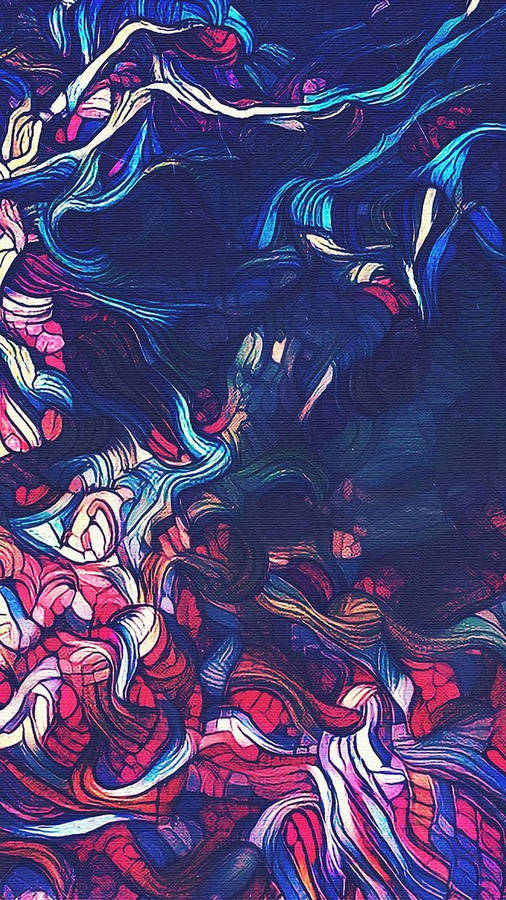
Original Paintings Pictures Galleries Wallpaper Paintings


Original Paintings Pictures Galleries Wallpaper Paintings
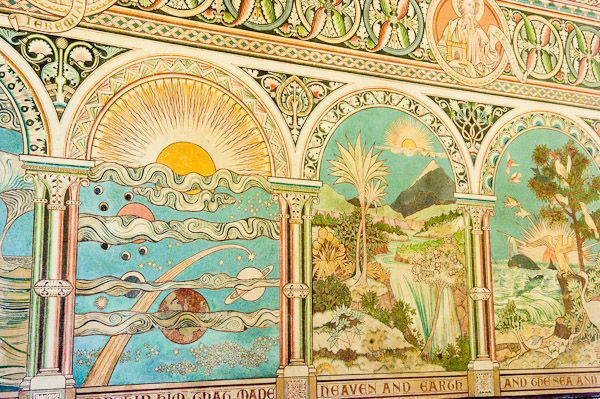

Original Paintings Pictures Galleries Wallpaper Paintings


Original Paintings Pictures Galleries Wallpaper Paintings

Original Paintings Pictures Galleries Wallpaper Paintings

Original Paintings Pictures Galleries Wallpaper Paintings
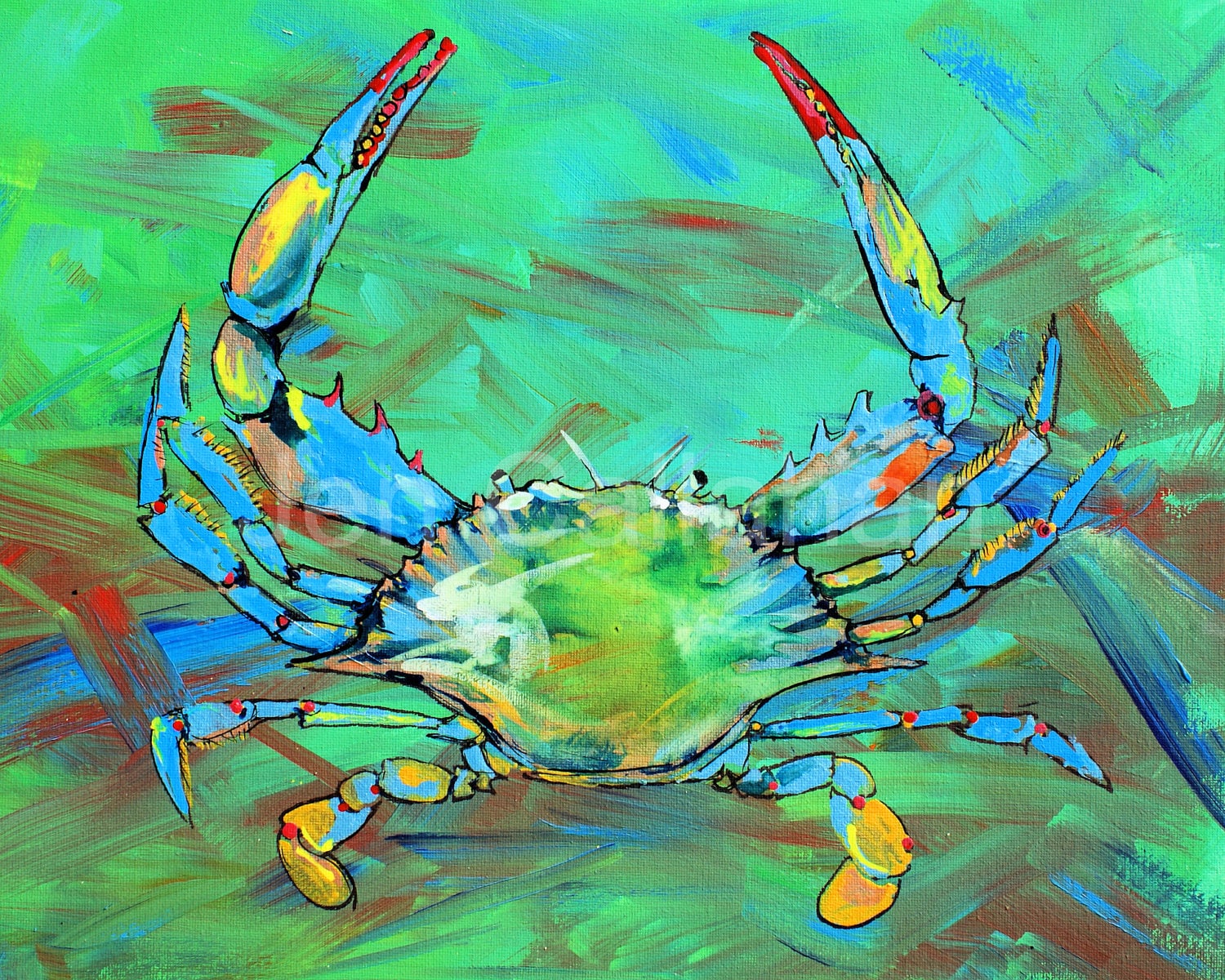

Original Paintings Pictures Galleries Wallpaper Paintings
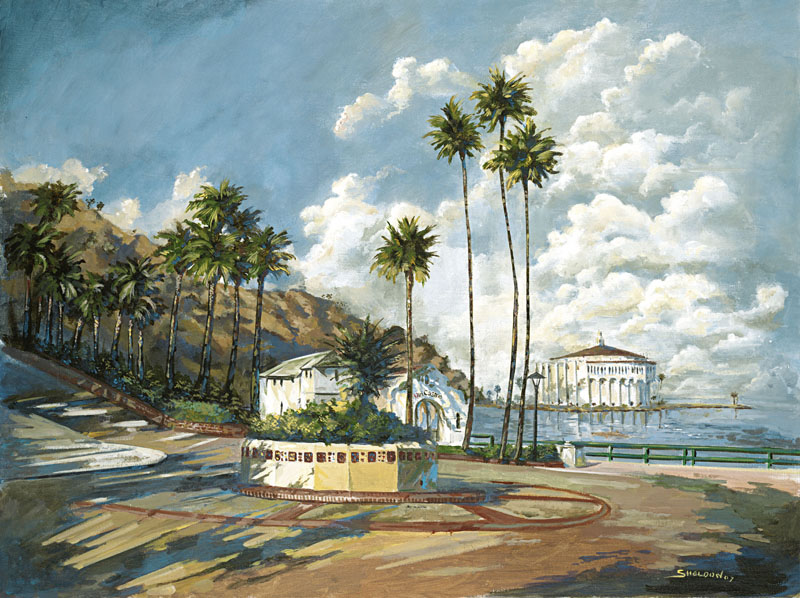

Original Paintings Pictures Galleries Wallpaper Paintings


Original Paintings Pictures Galleries Wallpaper Paintings
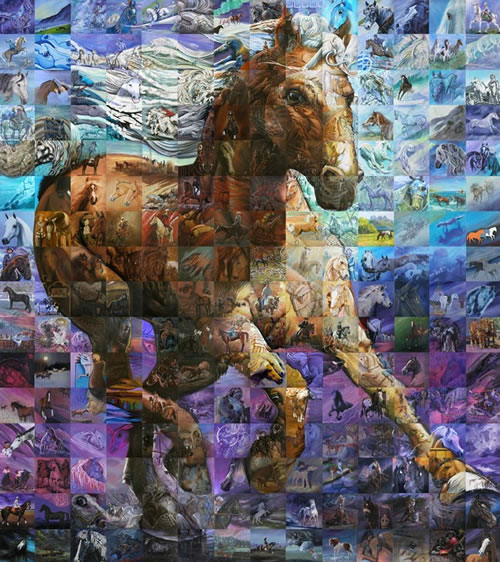
Original Paintings Pictures Galleries Wallpaper Paintings

Nice post, more
ReplyDeleteFind out remarkable and most attractive Abstract Flow Backgrounds for your Desktop at amohits.